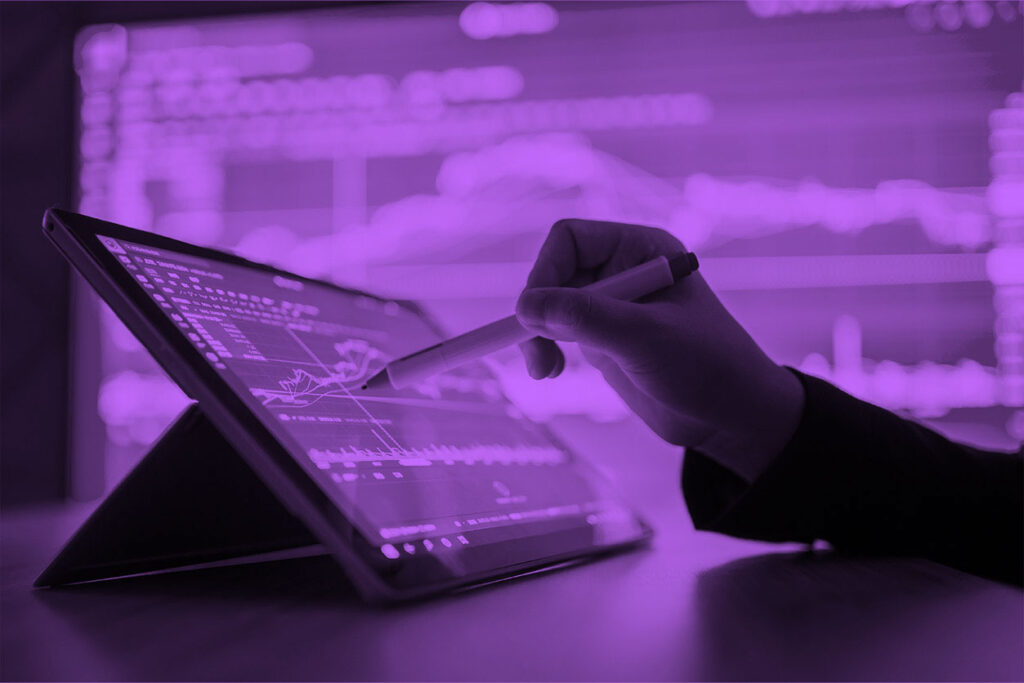How to trade CFDs on the DAX Index?

Der DAX – In Short
One of the major stock market indexes – the DAX 40, formerly known as the DAX 30 – is home to the largest German companies, tracking their price performance since 1987. The main factors that are taken into account are market capitalization and order volume. DAX itself means Deutscher Aktienindex, or simply German stock index. Considered a part of the major indices, the DAX is respectively the main face of the Frankfurt Exchange, one of Europe’s largest exchanges.
Börsen-Zeitung’s Frank Mella was entrusted with an important task – to take the most significant companies within the country and create a stock index. This took off and slowly made the index come true. Although there have been some ups and downs, including a recent financial scandal, Long-term traders have had plenty of chances to benefit from the price changes throughout the years, while short-term traders have had more opportunities to go short.
Who is a part of the DAX?
Today, the DAX is represented by the 40 most influential companies in the German markets. Some of them are more stable for trading than others, though all of them can yield gains under the right conditions. At this time, the list includes:
- Adidas
- Allianz
- BASF
- Bayer
- BMW
- Continental
- Covestro
- Daimler
- Delivery
- Hero
- Deutsche Bank
- Deutsche Börse
- Deutsche Post
- Deutsche Telekom
- Deutsche Wohnen
- E.ON
- Fresenius
- Fresenius Medical Care
- HeidelbergCement
- Henkel
- Infineon Technologies
- Linde
- Merck
- MTU Aero Engines
- Munich Re
- RWE
- SAP
- Siemens
- Siemens Energy V
- olkswagen Group
- Vonovia
Trading DAX CFDs
Index trading eliminates the process of having to choose between individual company stocks to trade. One transaction allows you to trade them all. With the DAX, volatility is high and market movement is active, so opportunities are spread throughout. Being open 60 hours a week makes it much more accessible than other stock exchanges that offer half the trading time.
Exposure – an important aspect of trading, is often linked to contracts for difference. CFDs are financial derivatives tracking movements of the underlying value of financial instruments. It acts as an agreement between the trader and the broker that one side will pay the difference to the other after closing a given position. For the DAX, this applies just as much – there is no need to own any asset to trade on its price changes.
To be more specific, trading CFDs on the DAX 40 means trading based on the value of the index at the time, measured in value points. Let’s say the value of the DAX is 13,000 at the time of opening a position – then the value of the CFD would also be 13,000. This means that significant capital is needed to trade the DAX properly. With CFDs, it is possible to trade on leverage and enter the market at only a fraction of the cost.
Needless to say, leverage trading brings larger gains, but can result in larger losses as well, so proper risk management is advised. It gives access to a wide range of markets, including the DAX, and requires a smaller initial investment to enter positions. Futures and ETFs oblige traders to purchase indices at some point in the future or paying almost the full value when purchasing shares.
For DAX traders, they get to buy and hold while waiting until the price increases, relying on long-term strategies. Short-term trading is not out of the question, though. In fact, it covers most of the spectrum – from intraday trading that could be run for a period of a few days, through day trading that is done mostly during a single day, all the way to scalping where positions are opened and closed in a matter of minutes.
Those who prefer following a hedging strategy also get the full freedom to hold opposing positions by selling DAX CFDs against a number of other correlated stocks. No matter if the DAX goes up or down, the overall position would usually be held relatively neutral – useful for volatile periods and when simply protecting one’s portfolio.
At the end of the day
The DAX 40 is capable of housing Germany’s biggest companies and the broker to choose for speculating on their share prices that fits the bill the most would be none other than Eightcap, a home for traders itself. Create a live account or join with a free demo account and see where the DAX index takes its company’s CFDs next.

